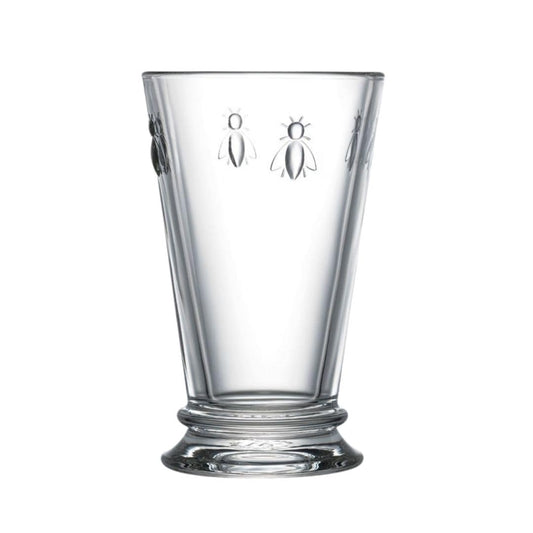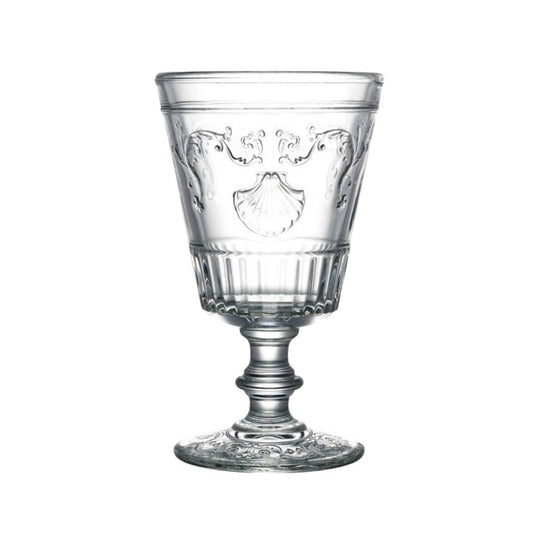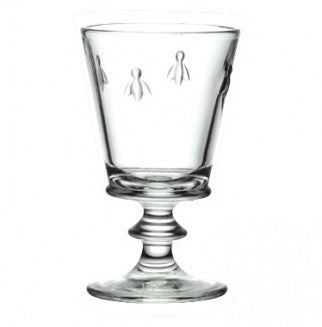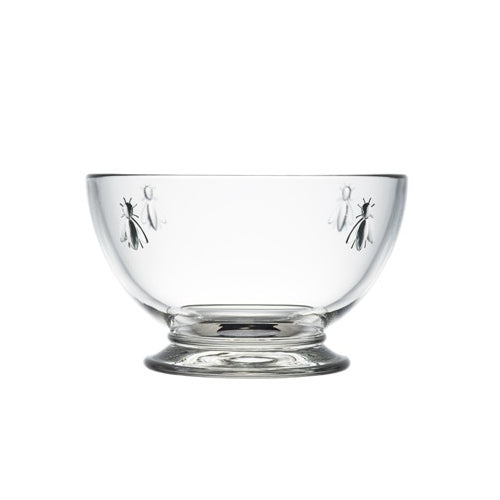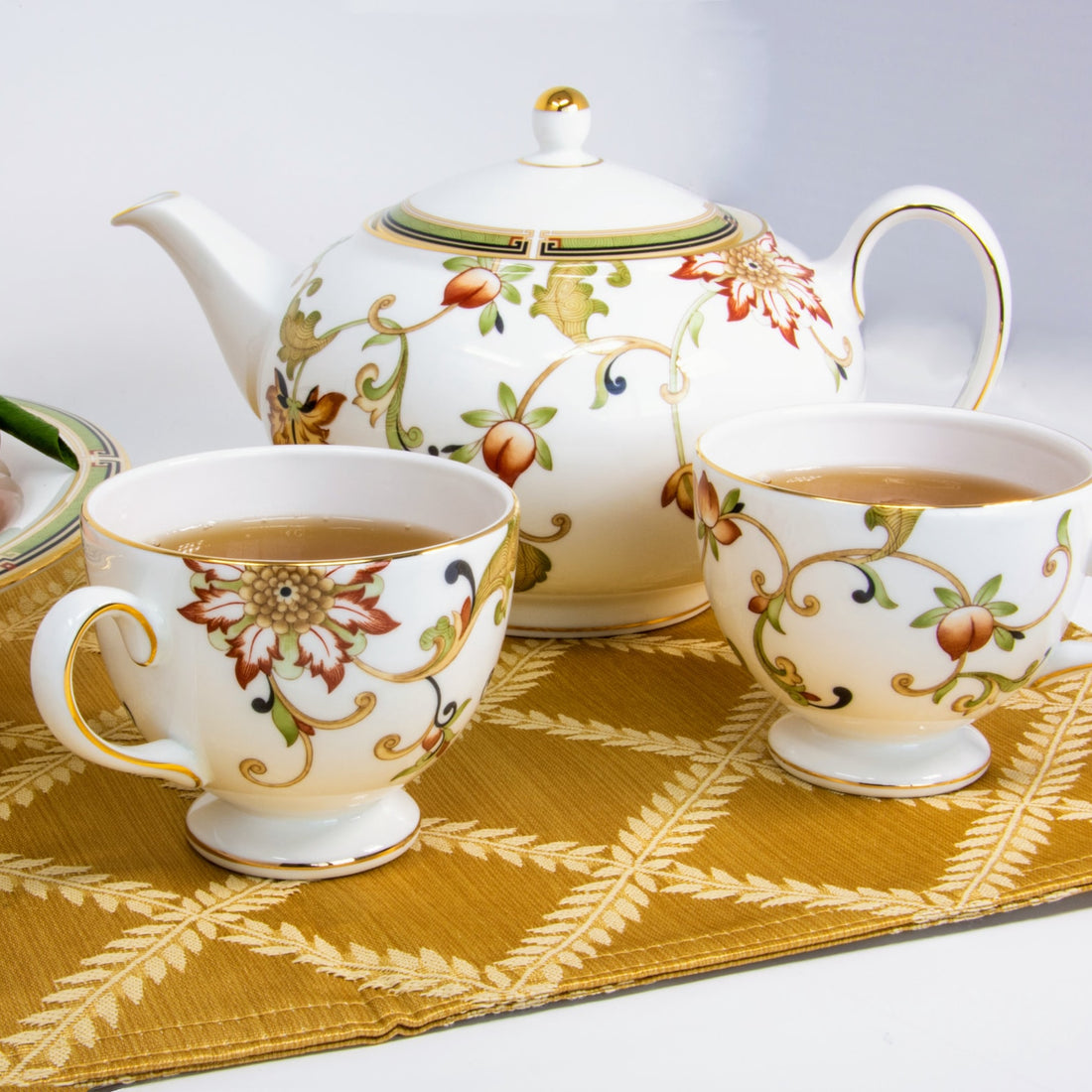
French porcelain: the essentials to know
Share
French porcelain is renowned worldwide, thanks to an emblematic city: Limoges. French porcelain is timeless tableware, characterized by the refinement, an historical know-how and an extraordinary creativity.
In this learning guide, you will discover what exactly is porcelain, how it is made and the history of French porcelain. You will learn the essentials to know on French porcelain; happy reading!
What is porcelain?
Porcelain is a type of ceramic, the most prestigious one. Ceramic is the general name for items made from clay and hardened by heat. There are 3 major types of ceramics: porcelain, earthenware and stoneware. The main differences between them are the composition, the firing technique and the temperature.
Porcelain is made with kaolin, and is heated in a kiln between 1,200 °C and 1,400 °C (2,200 °F and 2,600 °F). This is the type of ceramics that fires at the highest temperatures. This firing process generates the vitrification, which gives strength, translucence and non-porous nature to the porcelain. This is why porcelain is durable and resistant to all our modern appliances: microwave, oven, freezer, or dishwasher.
Note that porcelain is usually white, but some porcelain manufactures and artisans developed colored porcelains, having the same properties as the white porcelain.
Porcelain is also named china or fine china, as it was created in China.
The 3 main types of porcelain
Things are going to complicate, let's deep dive now on the 3 types of porcelain.
Hard paste porcelain is also named the “true porcelain”: it is the original porcelain that was invented in China and replicated in Europe. It is made with kaolin and fired at the highest temperatures.
Soft paste porcelain dates back from the attempts by European to replicate Chinese porcelain. The composition has evolved throughout the centuries and now contains kaolin too. The difference with hard paste porcelain lies in the lower kiln temperature.
Bone china was created in England. Its composition is the same as hard paste porcelain with added bone ash (ashes from burned animal bones such as cattle!).
This is hard to recognize a type of porcelain. To differentiate hard paste from soft paste porcelain, they say that you can hold the item with your fingertips and softly tap the edge with a coin. If this is hard paste porcelain, the sound will tend to be a high pitch, while soft paste would produce a dull clunk. This is very subtle.
How porcelain is manufactured?
Producing porcelain takes patience as well as skills. The manufacturing process is demanding and requires meticulous proportions and timings.
Kaolin, also called china clay, is the primary material from which porcelain is made. Kaolin takes its name from a mountain called Gaoling in Jingdezhen, China, where the porcelain was invented.
Porcelain can be shaped using a potter's wheel or molds. Then the porcelain is fired in a kiln between 1,200 °C and 1,400 °C (2,200 °F and 2,600 °F). This stage will permanently set the shape, with a little shrinkage from the initial shape. This is also when the vitrification will happen and make it non-porous, highly resistant and translucent.
Porcelain generally requires 2 stages in the kiln, the second one with a layer of glaze used for decoration on hard-paste porcelain. Firing is very critical and requires certain know-how: the heating must be very progressive. Once the desired temperature has been reached, the kiln is turned off and remains closed until it is completely cool. The cooling is also very slow, to limit the temperature change that could break the porcelain pieces. Up to 2 days must be necessary to one firing stage.
As porcelain is made with natural material and has a long lifespan, it is often presented as eco-friendly, with a low impact on the environment. It is also worth mentioning the manufacturing of porcelain produces little waste and all the raw materials can be recycled in a new porcelain manufacturing. The major environmental footprint is the energy needed to fire the kiln, as temperatures in the thousands of degrees are needed. This is why some artisans optimize the process with only one firing stage.
History of the French porcelain
Porcelain was invented in China in the 7th or 8th century. It was not until the first years of the 18th century that the secret of the true hard paste porcelain was discovered in Germany. Until then, Chinese porcelain had been imported: it was a desired and expensive luxury in Europe, only high aristocracy and royal courts could collect these treasures.
In France, many experiments were done and led to the manufacturing of soft paste porcelain. The first French porcelain manufactures, under aristocratic patronage like Saint Cloud or Chantilly, were created in the first middle of the 18th century. They all produced at that time soft paste porcelain.
By the 1760s, kaolin had been discovered near Limoges. This was the beginning of the French true porcelain manufacturing. Even, the Sèvres royal manufacture took the lead in European porcelain design, developing its aesthetics with constant new forms and decorations. In parallel, Limoges also became a major place for porcelain in France, with up to 30 manufactures in the 19th century.
Today, the excellence of the French porcelain remains recognized worldwide. In Sèvres, the manufacture still produces porcelain, respecting the ancestral techniques. This is also a museum with a collection of 50,000 masterpieces from all parts of the world and all periods. In Limoges, a dozen of centuries-old manufactures operate like Bernardaud, Haviland, Deshoulières, Royal Limoges. There are also hundreds of independent ceramists all around France, mastering porcelain techniques and materials. In a delicate balance between heritage and innovation, they pursue the French porcelain production and transmit their know-how.
We are very proud to propose porcelain pieces from an independent artisan: Bérangère Céramiques. Discover her 2 remarkable pieces in the Timeless Collection.
Faience, earthenware, stoneware, and pottery
We began defining ceramics and mentioning the 3 types of ceramics. This article focuses on porcelain, but it is still interesting to understand the other types of ceramics.
Earthenware or faience is a ceramic which has not been fired to the point of vitrification. It is made waterproof by the application of a glaze before the second firing. Earthenware does not have the whiteness, the delicacy, and the transparency of the porcelain.
Stoneware is made with a high percentage of silica and fired at high temperatures. It gets its name from its stone or earthy appearance after the high-temperature firing. Stoneware is quite thick, making it sturdy and resistant. It becomes impermeable after the first high-temperature firing, even unglazed (glaze is then applied only for decoration, like hard paste porcelain). We have 2 remarkable stoneware pieces on French Address Collection, discover the talented Karen Petit and her stoneware and gold vases.
To end, let’s answer a frequent question: is ceramic the same thing as pottery? Actually no: pottery refers specifically to receptacles for cooking or for storage. A pottery is in ceramic, but ceramic is not always a pottery.
For more learning guides and inspiration on French know-how, subscribe to the monthly newsletter.

